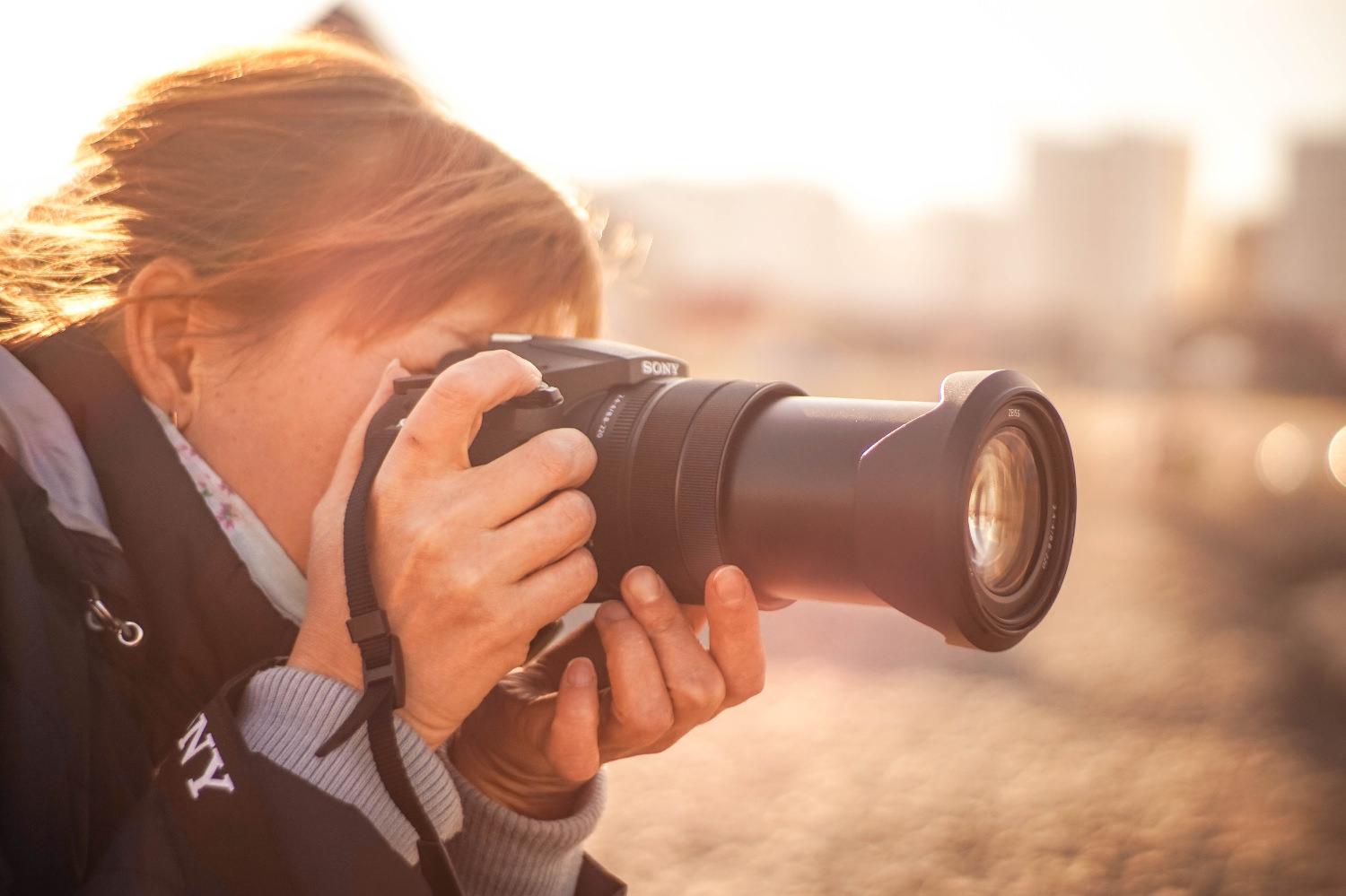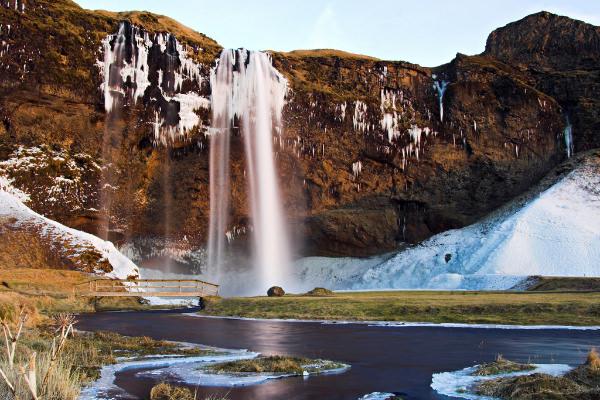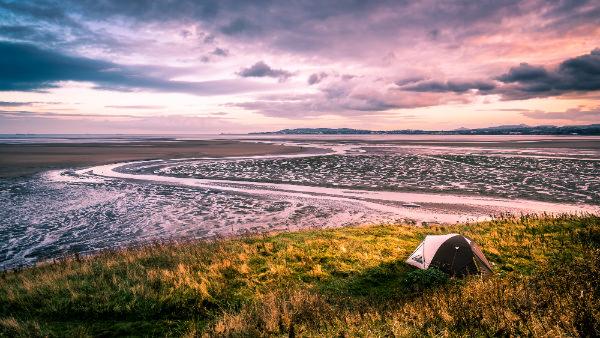Welcome to Photography Mad
Photography tips, tricks and tutorials.
Photography Tips
More >The Secrets of Stunning Waterfall Photography
Waterfalls are beautiful but technically difficult to photograph. Discover how to master the technical and creative aspects of waterfall photography.
Close Up Photography
We are surrounded by objects which make fascinating close up studies. Learn how to make the most of them.
How to Use Leading Lines in Your Photos
Master the lines and curves in your images to guide the viewer's eye through the scene, adding depth and interest.
Stunning Staircase Photography
Staircases are full of features which make for intriguing photographs, such as leading lines, symmetry, patterns, and interesting shapes.
How to Photograph Candles
With their wide range of shapes, sizes and colours, candles make perfect photography subjects. Learn how to photograph them here.
The Golden Hour in Photography
Professional photographers swear by the "golden hour" as the time of day with the best lighting. Discover what it is and how to take advantage of it.
Equipment
More >Shutter Speed: A Beginner's Guide
Shutter speed is a great tool for perfecting exposure, controlling blurring, and creating interesting effects. Discover what it is and how to use it.
Crop Factor Explained
Crop factor is the ratio of a camera sensor's size to a 35mm film frame. Use it to calculate effective focal lengths and compare lenses between DSLRs.
Standard Lenses
A standard lens has a similar angle of view to the human eye, giving photos a natural feel. They are versatile and produce excellent image quality.
Camera Lenses
A good quality camera lens is essential for capturing sharp, detailed photos. There are dozens available, to suit every subject and budget.
Telephoto Lenses
A telephoto lens is one designed for photographing distant subjects like wildlife and sports events. They are also used in portrait photography.
Using Focus Lock on Your Digital Camera
Sharp focusing is essential for a successful photograph. Use focus locking to help your camera get it spot on, and avoid blurred shots.
Post-processing
More >10 Ways to Digitally Improve Your Photos
Digital editing software allows us to remove unwanted objects, adjust colours, and touch up blemishes. Learn how to digitally improve your photos.
EXIF Data Explained
Learn everything you need to know about EXIF metadata - what it is, ways to view and edit it, and how you can use it to improve your photography.
Convert a Colour Photo to Black and White
The Channel Mixer is easy to use but gives you complete control over the appearance of your photo when converting from colour to black and white.
Imitating a Graduated Neutral Density Filter in Photoshop
A graduated neutral density (ND) filter helps balance exposure levels between the sky and ground. Learn how to replicate the effect in Photoshop.
Creating a Vignette Effect in Photoshop
Vignetting, a darkening in the corners of a photo, is a popular creative effect. Discover how to add a vignette to an image using Photoshop.
Fixing the Keystone Effect Using Photoshop
Keystoning is where a building seems to lean backwards in a photo. It's distracting but can be easily fixed with Photoshop's Lens Correction tool.



